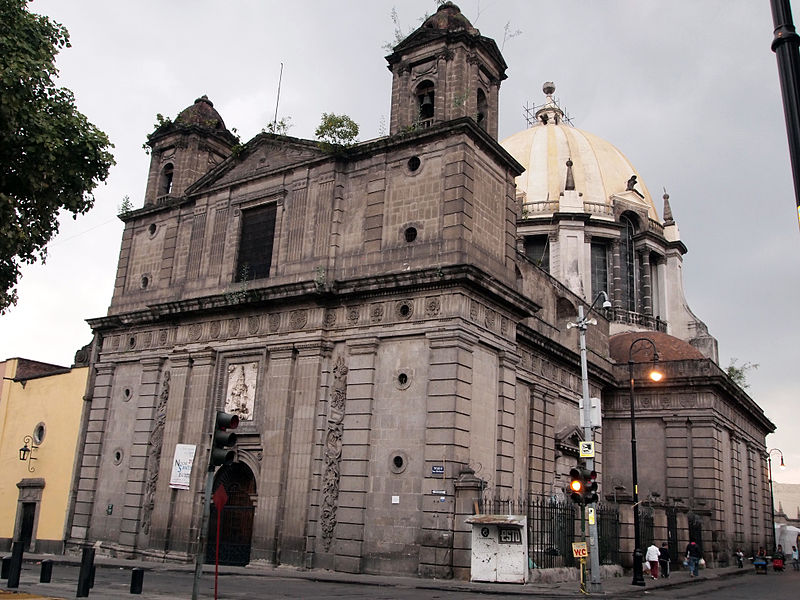
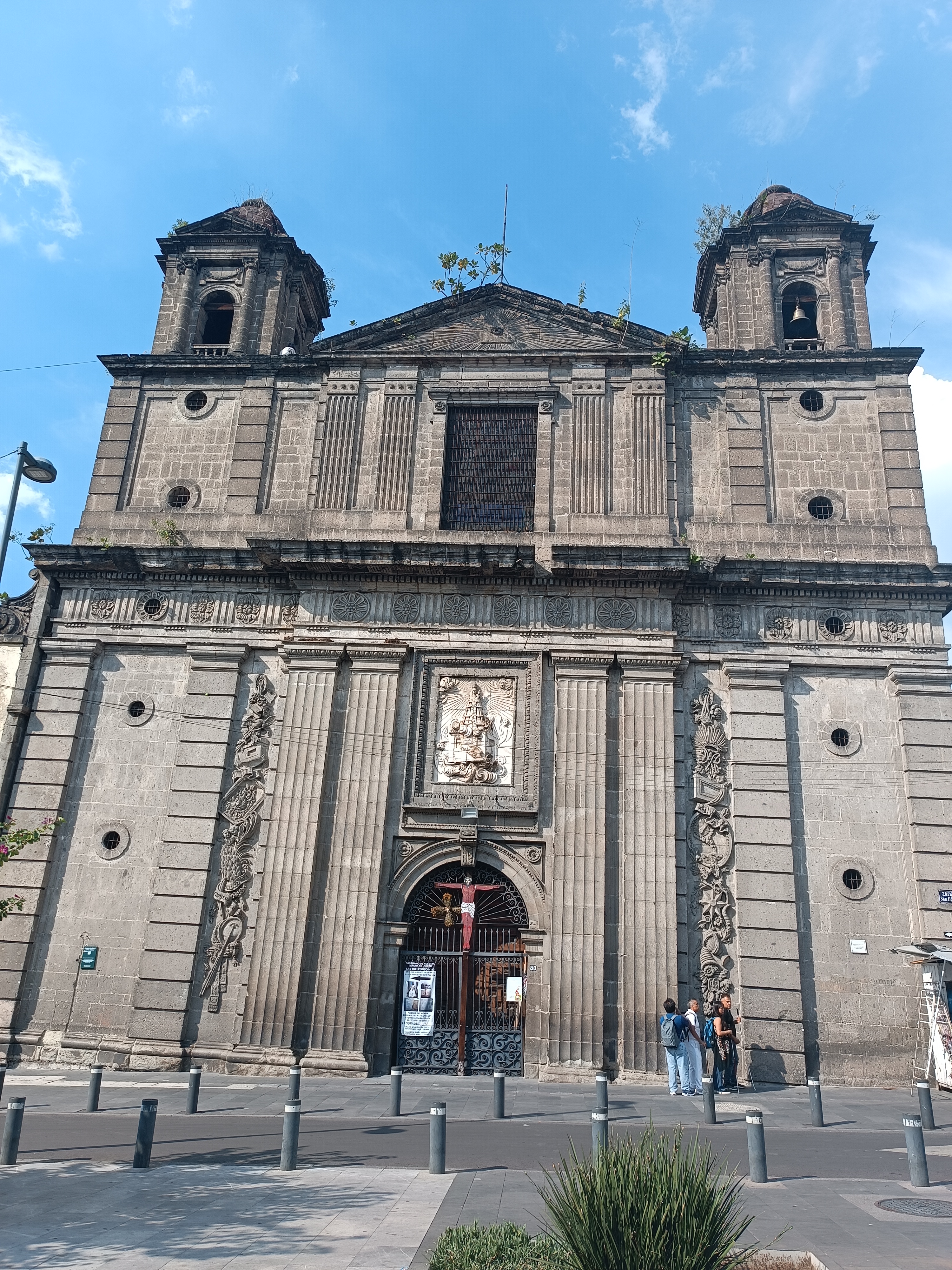
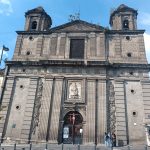 The architect Manuel Tolsá was commissioned by the Count of Bassoco to rebuild the temple of San Gregorio, which had belonged to the Jesuits, and to dedicate it now to the Virgin of Loreto. The project was executed by two of Tolsá's students: Ignacio Castera and Agustín Paz. The building was decorated in neoclassical style. The plan was very innovative in that it includes an enormous circular space to support the immense dome. But the ground here is fragile and since its opening the building has been subsiding. The curial house is the work of the architect Vicente Mendiola.
Inside, one can admire the tomb of the great educator, Juan Rodríguez Puebla. The remains of a chapel with a replica of the House of Loreto in Italy can also be seen. Good paintings by Miguel Cabrera and Juan Correa can also still be admired.
The architect Manuel Tolsá was commissioned by the Count of Bassoco to rebuild the temple of San Gregorio, which had belonged to the Jesuits, and to dedicate it now to the Virgin of Loreto. The project was executed by two of Tolsá's students: Ignacio Castera and Agustín Paz. The building was decorated in neoclassical style. The plan was very innovative in that it includes an enormous circular space to support the immense dome. But the ground here is fragile and since its opening the building has been subsiding. The curial house is the work of the architect Vicente Mendiola.
Inside, one can admire the tomb of the great educator, Juan Rodríguez Puebla. The remains of a chapel with a replica of the House of Loreto in Italy can also be seen. Good paintings by Miguel Cabrera and Juan Correa can also still be admired.
Heart of México Walking Route: Loreto-San Ildefonso Route
< < Templo Santa Teresa la Nueva | Sinagoga Monte Sinaí> >
Proyecto “Corredor de Cultura Digital”.
Nombre de la investigación: Investigación Centro Histórico, Monumentos, Edificios y Puntos de Interés (2023)
Dirección de investigación y diseño de Rutas: Acércate al Centro A.C. Guadalupe Gómez Collada
Coordinación e investigación histórica: Fideicomiso del Centro histórico Dir. Maestra Loredana Montes
 santuarioloreto@hotmail.com
santuarioloreto@hotmail.com
 +52 55 5702 7850
+52 55 5702 7850
 https://www.facebook.com/Santuario-de-Nuestra-Se%C3%B1ora-de-Loreto-441481899396243/
https://www.facebook.com/Santuario-de-Nuestra-Se%C3%B1ora-de-Loreto-441481899396243/
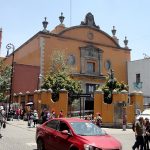
Nearest at 0.06 kms.
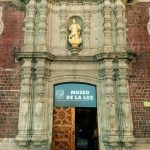
Nearest at 0.09 kms.
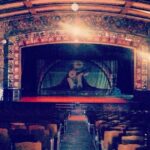
Nearest at 0.11 kms.
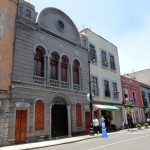
Mexico City's historic and first-recognized Jewish temple . . .
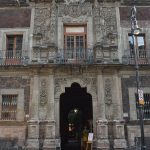
A modern graphic collection in an outstanding Baroque palace from the 18th century.
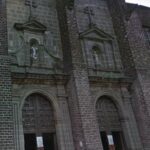
A striking Baroque work by Pedro de Arrieta stands the test of time.
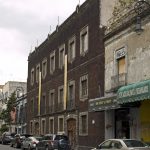
One of Mexico City's earliest temples is today a cultural center and museum.
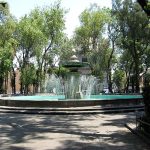
A quirky city-center park becomes the final reflecting point for one of Manuel Tolsá's Bucareli fountains.